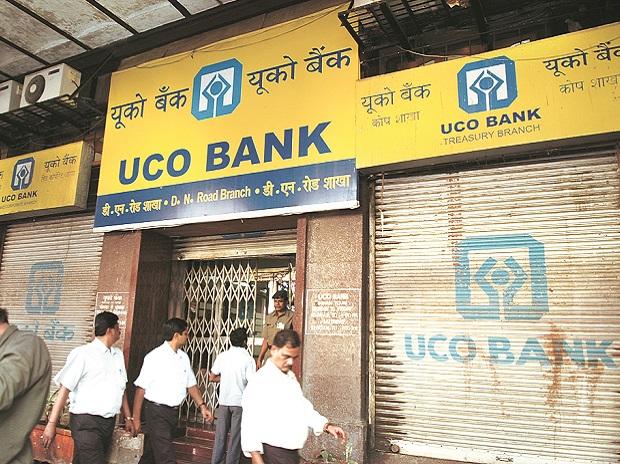With India no longer importing oil from Iran, UCO Bank is looking at alternative avenues to keep the rupee-payment mechanism with the Gulf country alive.
According to A K Goel, MD and CEO of UCO Bank, the bank had discussions with importers if the mechanism can be used for purchasing items other than oil also.
“In the last few months, there has been no fresh inflow in the payment account. We are exploring the opportunity to import other commodities, like fresh fruits, under the mechanism so that money can come into the account. Our role here is not only settlement, but also to facilitate trade between India and Iran,” said Goel.
In the wake of US sanctions on Iran, India cannot engage in dollar-denominated trade with Iran. Hence, a special rupee-rial trade mechanism has been put in place. Under this, oil refineries from India deposit rupee in designated banks for oil imports from Iran, and the fund is used to clear of dues to exporters from India to Iran. UCO Bank and IDBI Bank are the two banks which this support payment mechanism.
As India has stopped importing oil from Iran over the last few months, oil companies have stopped depositing money to the designated banks. The deposits used to be a source of bulk low-cost deposits for the two banks.
However, even though the oil imports had dried up, exports had commensurately not fallen.
According to government data, India’s import to Iran stood at nearly $13 billion in 2018-19, which came down to nearly $1.35 billion between April-January in 2019-20. In contrast, the fall in exports was much less. India’s exports to Iran stood at $3.5 billion in 2018-19, which stood at $2.80 billion this financial year between April-January.
Rice, tea, sugar and pharmaceutical products are key products exported from India to Iran, with rice accounting for largest share.
Posts turnaround, awaits PCA exit
According to Goel, the bank has been able to comply on all the key parameters to come out of prompt corrective action (PCA), by bringing down its net NPA to below 6 per cent at 5.45 per cent, maintaining a capital adequacy ratio of 11.70 per cent, having a leverage ratio of 3.57 per cent and posting a positive return on asset in the January-March 2020 quarter.
“It (to come out of PCA) is a call that the regulator has to take but we may discuss or even write to the RBI regarding the same,” Goel told newspersons in an e-interaction to announce the bank’s quarterly results on Friday.
With the lifting of PCA in India, the bank is also hopeful that its overseas branches one each in Hong Kong and Singapore, will come out of restrictions imposed by respective regulators in the two countries.
The bank’s profits were driven by good treasury income and recoveries.
The bank made a treasury profit of Rs 244 crore during the quarter under review, as compared with Rs 67 crore same period last year. The recovery from written off accounts during the quarter was Rs 237 crore (Rs 85 crore).
The bank is expecting 8-10 per cent growth in credit this fiscal primarily backed by demand coming in from agriculture, MSME and retail sectors.
